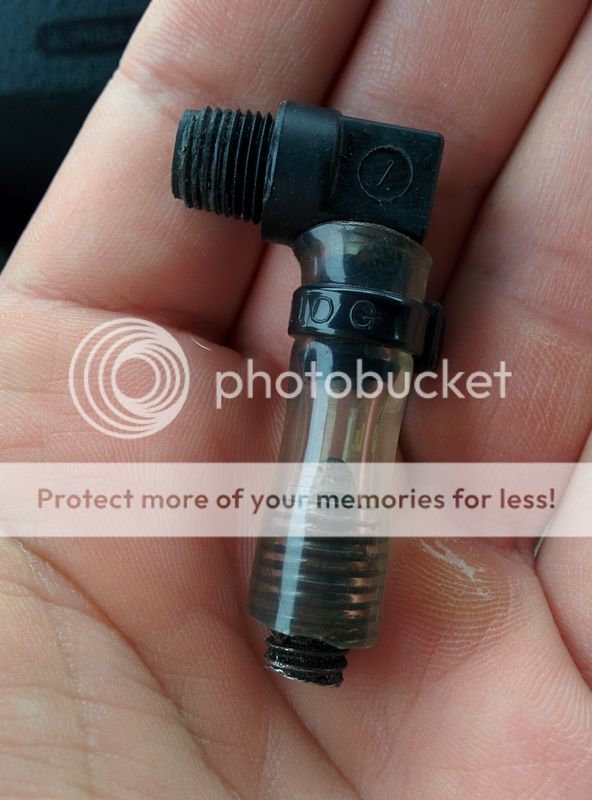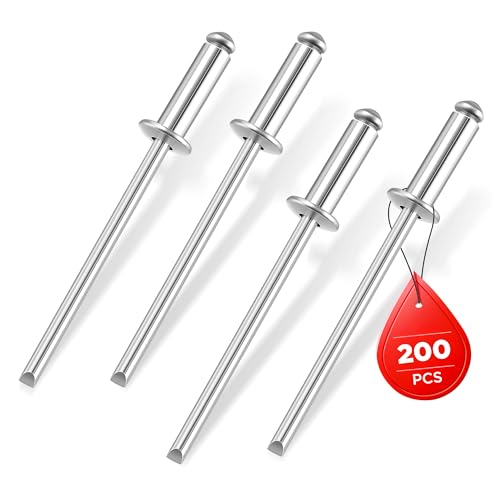JL8Jeff said:Ok, you made me curious so I had to go in the garage and look at my 40 hp Evinrude. It actually has a metal plug that takes an allen wrench. It's painted along with the block so I can't tell what the material is.
I'm guessing the water passage cover comes standard like that? Leaves the user an option to add a pressure gauge?
I never knew there was an extra fitting on mine until I saw water spewing out of the bottom of my cowling. Thought for sure something was really screwed up. Even though it's been a PITA getting it plugged up, I shouldn't complain.





















































